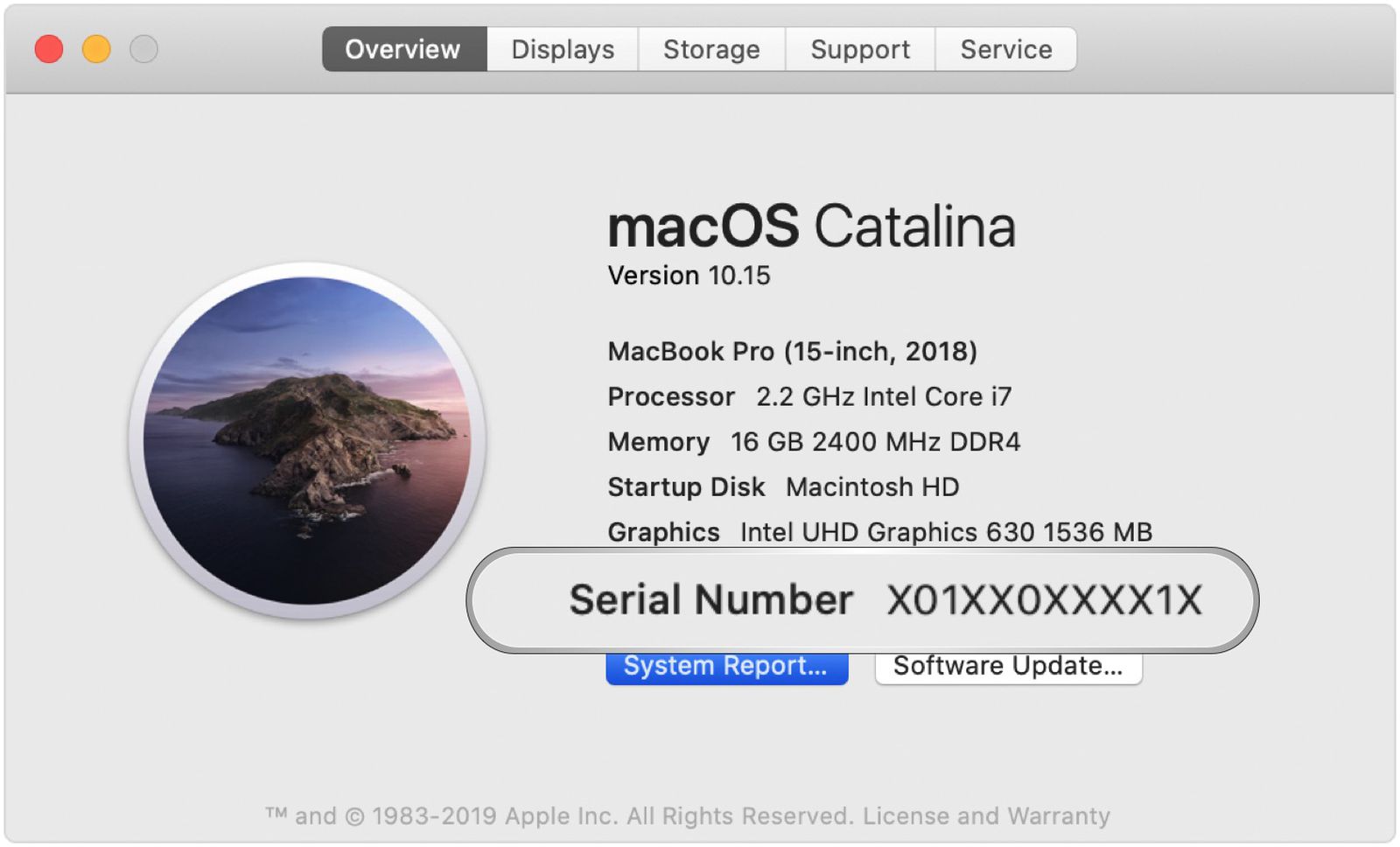Random Cards Mac OS
EDIT: This post have been getting very many views lately so ‘fess up in the comments if you want a part 2 with more advanced and new ways to use Mac OS X commands and wildcard characters.
This tip/post is going to be about several common Mac OS X commands and wildcard characters I have discovered, at work, that is useful to understand and know how to use. First off, wildcard characters are special characters such as * and ? that help you to find groups of filenames that have something in common.
Export vCard – This will generate a VCF (vCard) file with all contact information stored within the app, a vCard file is a universal standard and would be the most compatible with many platforms, including other Mac OS X apps, iOS, Windows, Android, Blackberry, etc – recommended for maximum compatibility of stored contact information, especially for backups. A Macintosh with a working Mac OS 9.1 or 9.2 installation (See note 1 for prior versions) One PCI USB Card that’s OHCI compliant, installed in the Mac. The vast majority of PCI USB 1.1/2.0 cards support OHCI. Theoretically any OHCI-compliant card will work.
For example, say I have a couple of files that I want to find in my home directory. My home directory is cluttered with junk files that I never take the time to organize. But somewhere within that junk pile of files there lay 8 files I would like. Their filenames are ssw_idl.a285, ssw_idl.r391, ssw_idl.z988, ssw_idl.c293, and the other 4 files are named similarly (“ssw_idl.” followed by a letter, then 3 numbers).
Random Cards Mac Os 7
Open up terminal (or something similar like X11’s xterm) and type in ls
Cramming time:cd – changes directories (directories = folders). cd .. to go up a directory and cd FOLDERNAME to go to a folder in the current directory.rm – deletes files/folders.mkdir – makes directories (folders).say 'Hello!' – computer says ‘Hello!’more textFileName – opens up a text file for viewing inside the command line/shell.
Now the actual reason I wrote up this post was to show you how to display only certain files with similar names. So we’ll go on to learn about wildcard characters (to be completely honest, I am a noob to this whole wildcard thing; I am stilling learning also), and then about how to use wildcard characters in the Mac OS X command line. Skip ahead if you already know about wildcard characters.
——– The Good Stuff ——-
* – this star means “everything”.ls * will display all folders and all files within those folders.? – means any character. ?? means any two characters. So basically ls ??* will only display files/folders that have filenames 2 or more characters long.alphabet and numbers – typing in any letters or numbers means that files/folders must have those exact letters/numbers.ls *.jpg – lists all files that are jpeg images (.jpg extension)
The “.” (backslash then dot with no space, in case you couldn’t see it well) means a literal dot. No backslash before the dot would mean just any single character except for a new line (n).ls a* – lists files/folders starting with an “a”.ls *.* – lists only files because folders don’t have a dot in their name.ls [a-z] – lists only folders with a one character letter for their name.ls frame[0-9] – lists any files/folders starting with “frame” and then any 1 number.
A very nicely made reference page for Mac OS X Commands:
http://www.ss64.com/osx/
Random Cards Mac Os Catalina
Any comments welcome! Show me something cool & new!
I had an android phone with a 32 gig micro sd card in it. I want use the micro sd for other things and because my android phone made the permissions read only I can't write, delete, or format the card. How can I change this using only my MacBook Pro? I no longer have the phone. I would like to format the card and delete everything on it. I also would like to have full access to this card from my computer. I want to use it as an immediate backup for my important data. My external hard drive will not work for this data.
MacBook Pro (13-inch Mid 2010), OS X Yosemite (10.10.3)


Posted on May 22, 2016 7:59 PM